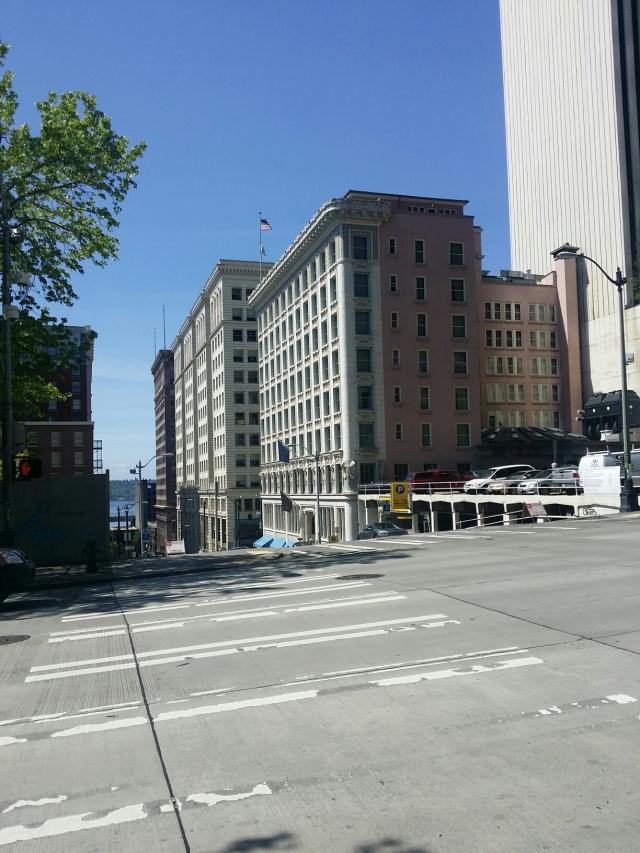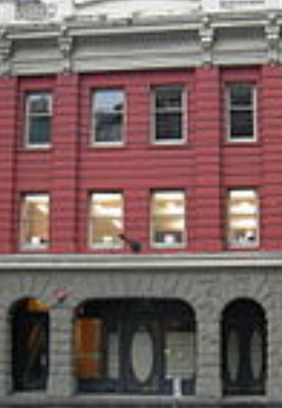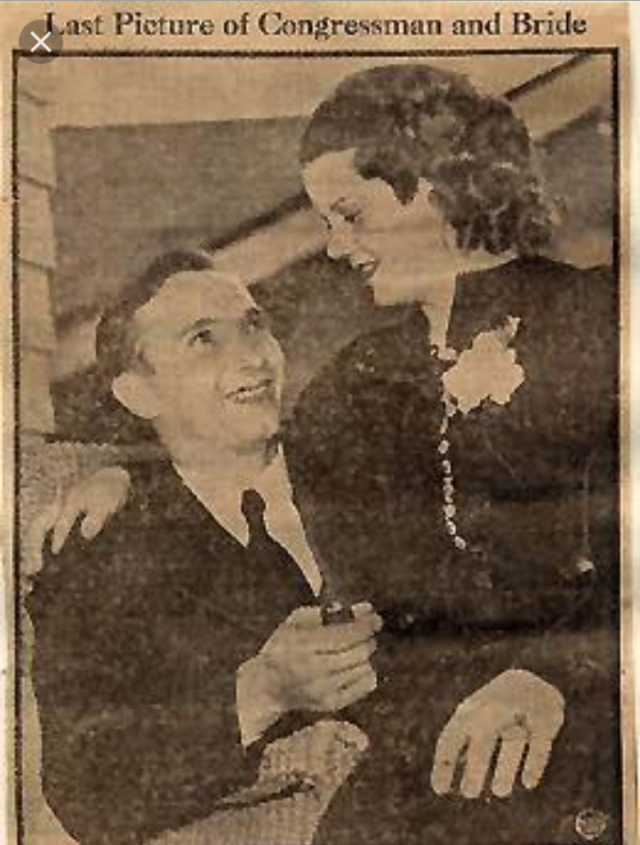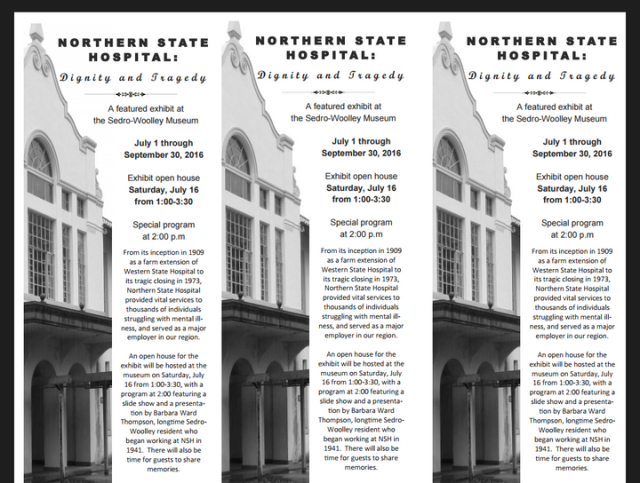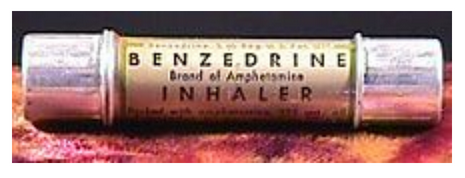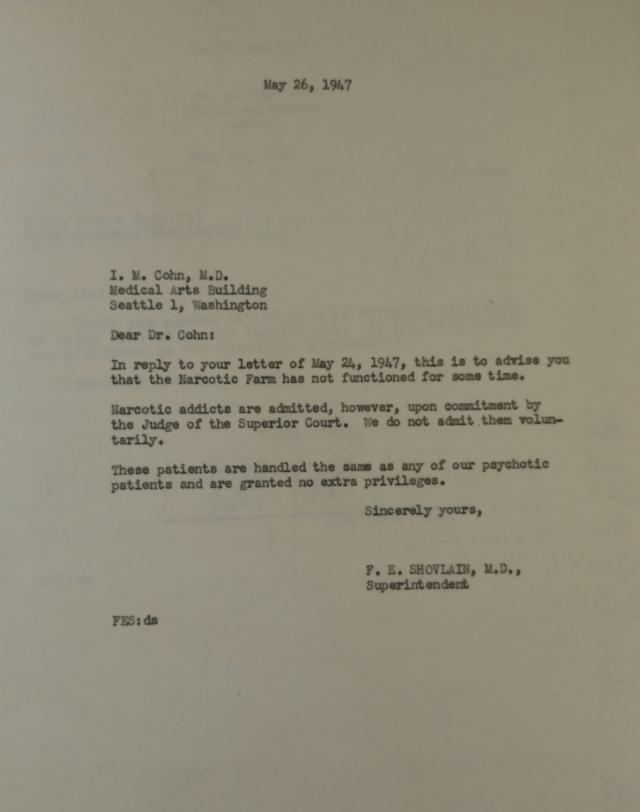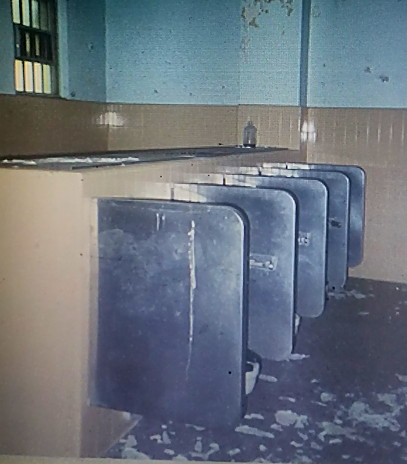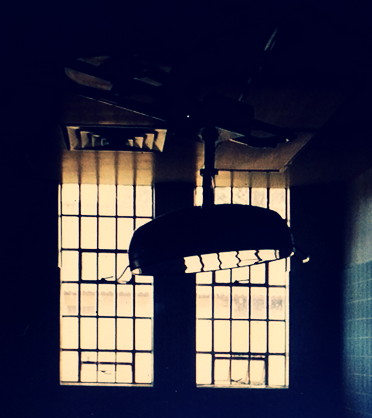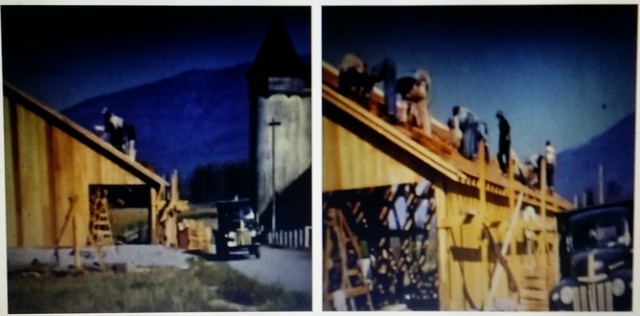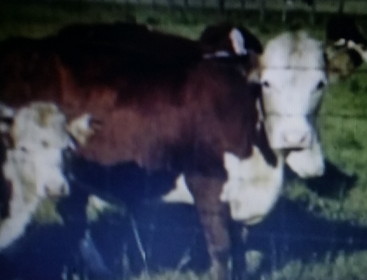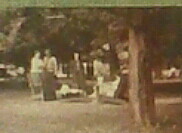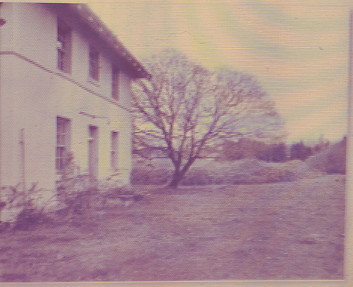Several months ago while on a day trip to Seattle, I saw a building, or should I restate, two buildings, that completely captivated my attention. Why, I was not sure. They both just had a certain vibe about them that boasted sinister history. So I did a little research into them and discovered that the one above is The Arctic Building and the one below was the Butterworth Building, now Kells Irish Pub.
I did not realize at the time that these two buildings have an amazing correlating history tied by one man, Marion Zioncheck.
Marion Zioncheck was a trouble congressman from Washington State between the years of 1932 and 1936. Zioncheck was a Democrat Congressman who helped put in place Roosevelt’s New Deal in this state, helping to get many Washingtonians to work during The Great Depression. Along the way, Zioncheck went completely off the rails while working in DC, his antics included doing brodie’s on the White House lawn, and then sending Roosevelt some booze the next day to – make things good. He then told fellow congressmen at a congressional meeting that he was in the midst of old fossils and corporate lawyers, for which another congressman informed him that he was “the biggest jackass in Congress”. Zioncheck got married to a gal named Ruby shortly after that, and he and his new wife got in some trouble for frolicking in a DC public fountain. Zioncheck had some other public outbursts that landed him in trouble with the local authorities, and then in a private sanitarium. Ruby, being the dutiful wife, helped him escape the sanitarium and brought him back to Washington State. Shortly after arriving home, his family and his good friend, Warren Magnuson, tried to talk Marion into getting some discreet help in one of Washington State’s fine mental institutions, Northern State is rumored to be the place. Marion milled that over a bit as he also milled over running for another term in Congress. That way he would be in charge of all of this state’s mental institutions (his thoughts, not mine).
And now this brings us back to these two buildings. A little after 6 in the evening, on August 7, 1936, Marion scribbled a short note on a piece of paper in his office and then took off on a dead run, jumping out of the window shaded above.
He landed right there where it is shaded – head first on the sidewalk, his wife Ruby was sitting in a car parked on the street about where the silver car is located, waiting for him to come down. (They were supposed to be heading to a charity dinner, where Marion was to be the guest speaker). After that, Marion’s body was taken to The Butterworth Building, and prepared for burial.
Hope you enjoyed this strange little nugget of history!
